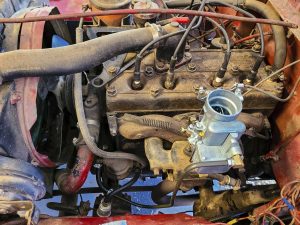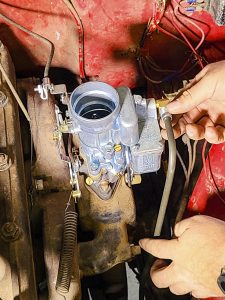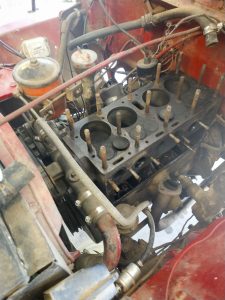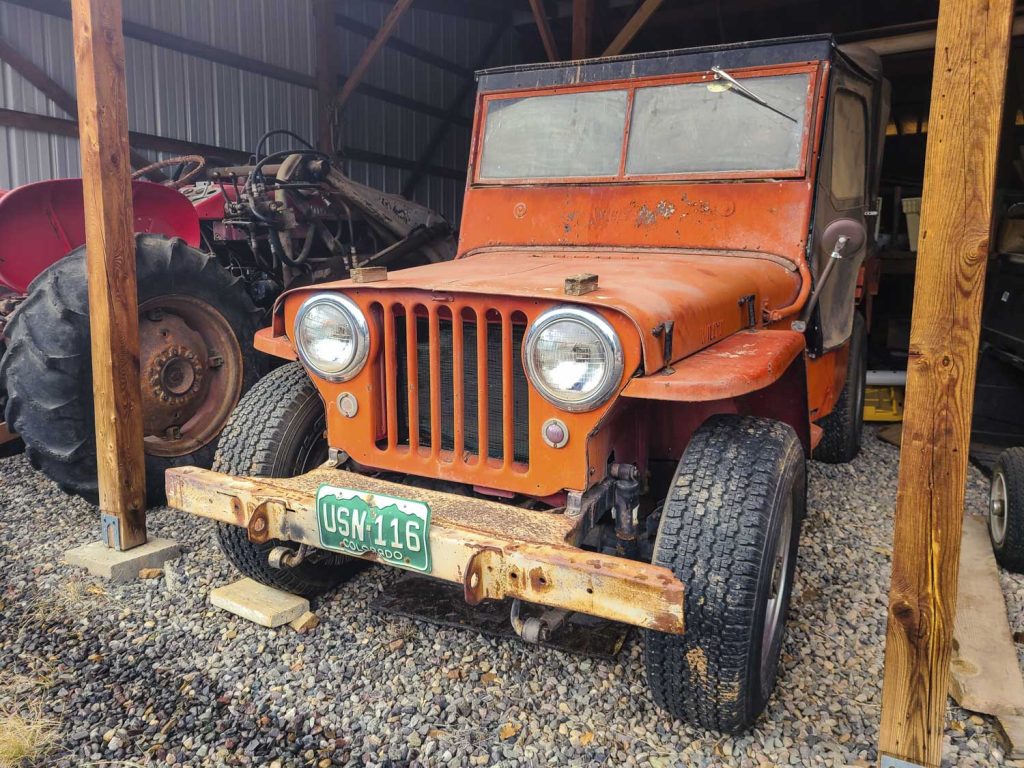Builds
Project Red Devil: the CJ2a Resurrection
Story and Photos by Mike Boyle
As advancements in 4-wheel drive vehicles, both from the original manufacturers and the aftermarket, continue to advance, there is just something to be said about returning to the roots of the sport. Setting the clock back and embracing the technology (or lack there-of) from decades past brings a whole new appreciation and experience to the trail. With this in mind, we set out to see just what it would take to rescue a “barn find” 1947 CJ2a and return it to the trail where it belongs.
Finding the right candidate was easy. My father had the 47 sitting in a barn where he abandoned it ten years ago when it was replaced by a Ranger SXS. The CJ originally became part of the family in the early 90’s as an older, poorly-restored project. It ran and drove, but smoked and had no brakes. We went through the engine, rebuilt the brakes and got it running well enough to use around the family property. Soon after purchasing the Ranger, the CJ failed to start and that’s where it has sat since.
Follow along as we figure out why it won’t run and what it takes to get our little Red Devil back on the trail.
- After checking that the engine had spark and verifying the timing was correct, we did a compression test. Cylinders #1 and #4 both had had no compression.

- The cylinder head was removed to get a better look at what was causing the loss of compression. The issue turned out to be varnish build up on the intake valve stems causing them to stick open. Soaking them with penetrating oil overnight, then cleaning them with carburetor cleaner freed everything up. The head was reinstalled, fluids changed, and the ignition system was given a tune up. From here we moved on to the fuel system.
- Once we discovered the no start issue was related to bad fuel the decision was made to pull the fuel tank and clean it out.
- After removing the tank, we discovered that it had been patched (which had failed) in the past and was beyond repair.
- A replacement tank was sourced and installed as well as a new steel fuel line from the tank to the front of the Jeep.
- We picked up a reproduction Carter WO carburetor from Classic Military Vehicles to replace the gummed up Solex that had been installed prior to taking ownership of the CJ. While almost double the price of another Solex, the WO is the correct carburetor for the Go Devil 134 and is far simpler to tune.

 Replacing the carburetor required replacing the fuel line from the pump to the carb. I’m not a fan of rubber fuel lines over 6” long, so a steel line was bent up and installed. The Go Devil engine is known for vapor locking in hot weather, so after installation, the steel line to the carburetor, as well as the line on the frame rail from the firewall forward were insulated to help prevent vapor lock.
Replacing the carburetor required replacing the fuel line from the pump to the carb. I’m not a fan of rubber fuel lines over 6” long, so a steel line was bent up and installed. The Go Devil engine is known for vapor locking in hot weather, so after installation, the steel line to the carburetor, as well as the line on the frame rail from the firewall forward were insulated to help prevent vapor lock.- At this point, we attempted to start it up again only to discover the fuel pump (the only part of the fuel system we hadn’t replaced) had dried up and would no longer pump fuel.
- Jeep used the same basic fuel pump design for their 4cyl engines from 1946 through 1973. The early version (pictured here) used a glass sediment bowl. We sourced a period correct pump and installed it in place of the old one. The CJ now has a 100% new fuel system.
- After replacing the fuel pump, the old engine fired right up and purred like a kitten. The factory oil bath air filter is long gone and until we can source a suitable replacement, a reproduction elbow and a K&N filter for a motorcycle will keep the dirt out. Now that we have it running again, its time to give everything in the drivetrain a thorough inspection, replace some fluids and prepare it to hit the trail. Stay tuned for more of the Resurrection.
Parts source:
Classic Military Vehicles, 479-323-7039, www.jeep1942.com
Walck’s 4 Wheel Drive, 610-852-3110, www.walcks4wd.com

